Gin Is Cool Again — Here’s Everything You Need To Know About This Sophisticated Spirit

Table of Contents
Gin — that magical distilled spirit flavored with juniper berries and other botanicals — is cool again. The category is booming as big brands continue to innovate and craft distilleries enter the game, and mixology fans can visit watering holes where gin is the only spirit on the menu.
This clear spirit is distilled from grain or fruit, with juniper being the dominant flavoring botanical (others can include lemon, cardamom, orange, or coriander, although virtually anything may be used). For some, heavy juniper can make gin a divisive spirit, with some liquor connoisseurs and casual drinkers shying away from the spirit. But there’s a whole world of new-school gins that focus on other botanicals that are introducing people to the joys of gin.
There are two criteria that need to be met in order for alcohol to be classified as gin — if you guessed location as one of your answers, you’d be wrong (well, for the most part, but we’ll get to that later). First, it must be at least 40% ABV (80 proof) here in America, although it can be stronger than that. So, you might want to bite your tongue next time you think about giving your friend crap about ordering a gin-and-tonic, while you throw back your shot of Fireball. The other is the inclusion of juniper in the distillation process. Without it, and other botanicals, you’re basically drinking vodka.
Gin is a popular product at smaller or new distilleries because (as with any white spirit) you can sell it basically right off the still, with no aging required (there are some barrel-aged gins, however, but these are less common). Any whiskey, like scotch or bourbon, must be matured in oak containers, which are virtually always barrels. So, a distiller can make a gin and sell it front and center while he or she shelves some barrels of liquor for a couple of years to add brown spirits to the family. In the end, gin becomes a key element for both liquor lovers and the people selling the bottles.
Gin 101
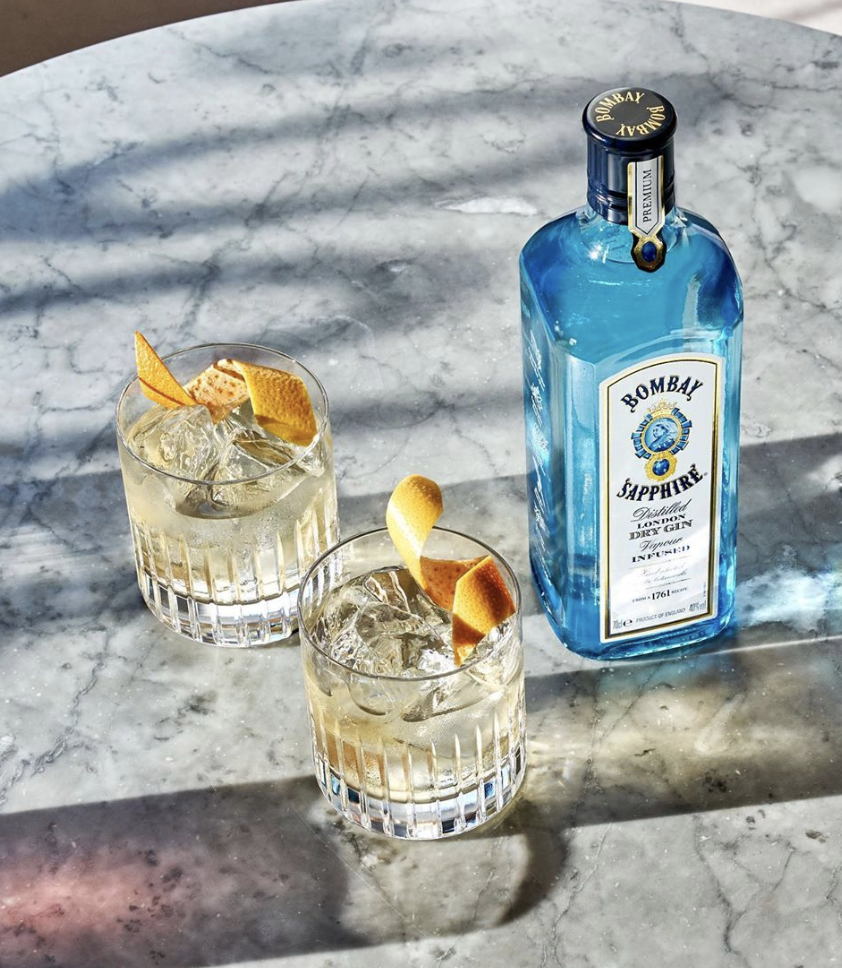
If you want to make sense of the gin section in your local liquor store, you’ll want to brush up a little on the types of gin that are available. Here’s what you need to know:
London Dry – Contrary to what you might think, London dry does not mean it’s from London. It’s considered the most “original” form of gin because the amounts of flavors, coloring and sugar are restricted. London Dry gins are full-flavored, with juniper playing a starring role on the palate.
Plymouth – To receive the Plymouth label, this gin must be produced in Plymouth, England (here’s where your location answer is not wrong). The Black Friars Distillery is the last remaining one in Plymouth and the only place that still produces Plymouth Gin. The flavor is similar to London Dry, but has a bit more citrus on the palate.
Navy Strength – If you want to strap on your party pants, Navy Strength gin can help kick the night into gear in a hurry. Navy Strength is gin on steroids, with an ABV usually clocking in at 57% or 114 proof. There are a lot of tales about the origin of Navy Strength, but the most believable is that this gin was strong enough to wet gunpowder and still have it be inflammable on British Royal Navy ships.
Old Tom – Considered one of the best gins for mixed drinks due to its sweeter and mild botanical flavor. Not too malty, not too spicy, the gin’s flavor profile is great for first-time gin drinkers and mixologists alike.
A Quick and Dirty History of Gin

If you remember from earlier, juniper is one of two criteria needed to classify gin. In the 1600s, the Dutch created a spirit called jenever, which is the Dutch word for juniper (marketing was a little rough back then). Consisting of a malt wine base, jenever would put hair on your chest, or knock your socks off, or any other expression you want to use to describe the gnarly, overpowering flavor. A substantial mix of juniper berries was added to the malt wine base to mask some of the gnar. That concoction was the basis of what we now know as gin.
From here, gin has a hazy and bizarre history. Around the time of the Thirty Years’ War, gin made its way over to England. In a crazy mix of gin popularity and abundance between 1720 and 1750, the gin craze was born and almost ripped apart London. By 1751, the Gin Act was enacted by parliament to crack down on the overconsumption of gin and help turn around a bleak future for London.
By the mid-1800s, Aeneas Coffey (pictured above) invented the column still (continuous still), which revolutionized the way gin was produced (column stills are still used today). The still enabled producers to make gin quicker, with cleaner and better flavor.
Perhaps the final factor that gave rise to gin’s undeniable popularity was the British Royal Navy. To combat disease when abroad, quinine rations were given to sailors. Quinine tasted terrible, so tonic water (or Indian tonic water) was created to dissolve and mask the bitter flavor of quinine. And since gin was already popular with the British Royal Navy, sailors started adding it to the tonic water for more flavor. And just like that, we have the creation of the most recognizable gin drink today.
How is Gin Made?
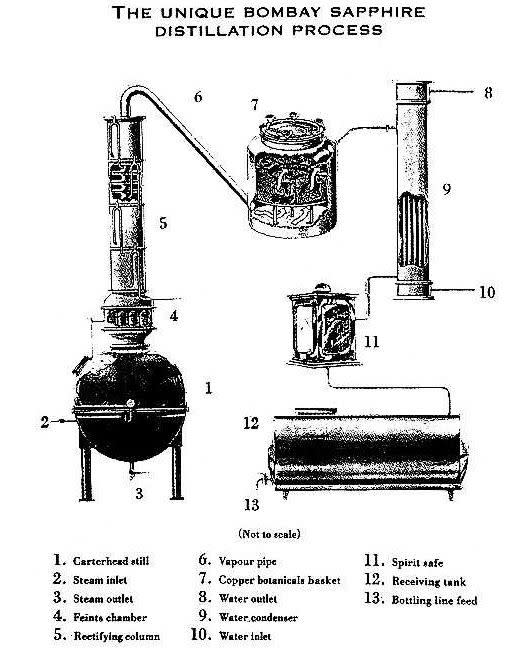
Contrary to what most Phish fans may believe, there are more ways to create gin than just in a bathtub. The two most popular ways are steeping (a more traditional way of distillation) and infusion.
The steeping method is what it sounds like — the base spirit is placed in a pot along with juniper berries and other botanicals to steep. There isn’t an exact amount of time which the botanicals need to be steeped in the base spirit — some distillers let them steep for a few days while others distill it within hours. After the distilling process is completed, water is added to reduce the alcoholic content. Beefeater has used this process of distilling for roughly 200 years.
In a vapor infusion distilling process, the botanicals don’t actually come in direct contact with the base spirit. Instead, the botanicals are suspended in a basket in the still, above the base. When the base spirit is heated, the vapors rise through the basket. When the steam cools down and condenses back into a liquid, the flavor profiles from the basket are infused in the alcohol. This provides the gin with a more subtle and mild flavor. Bombay Sapphire is famously known for using the infusion method of distillation.
Steeping and infusion are the two most popular ways, but they aren’t the only ways to make gin. Hendricks gin and SipSmith V.J.O.P gin use a unique combination of both to reach their respective unique flavor profiles.
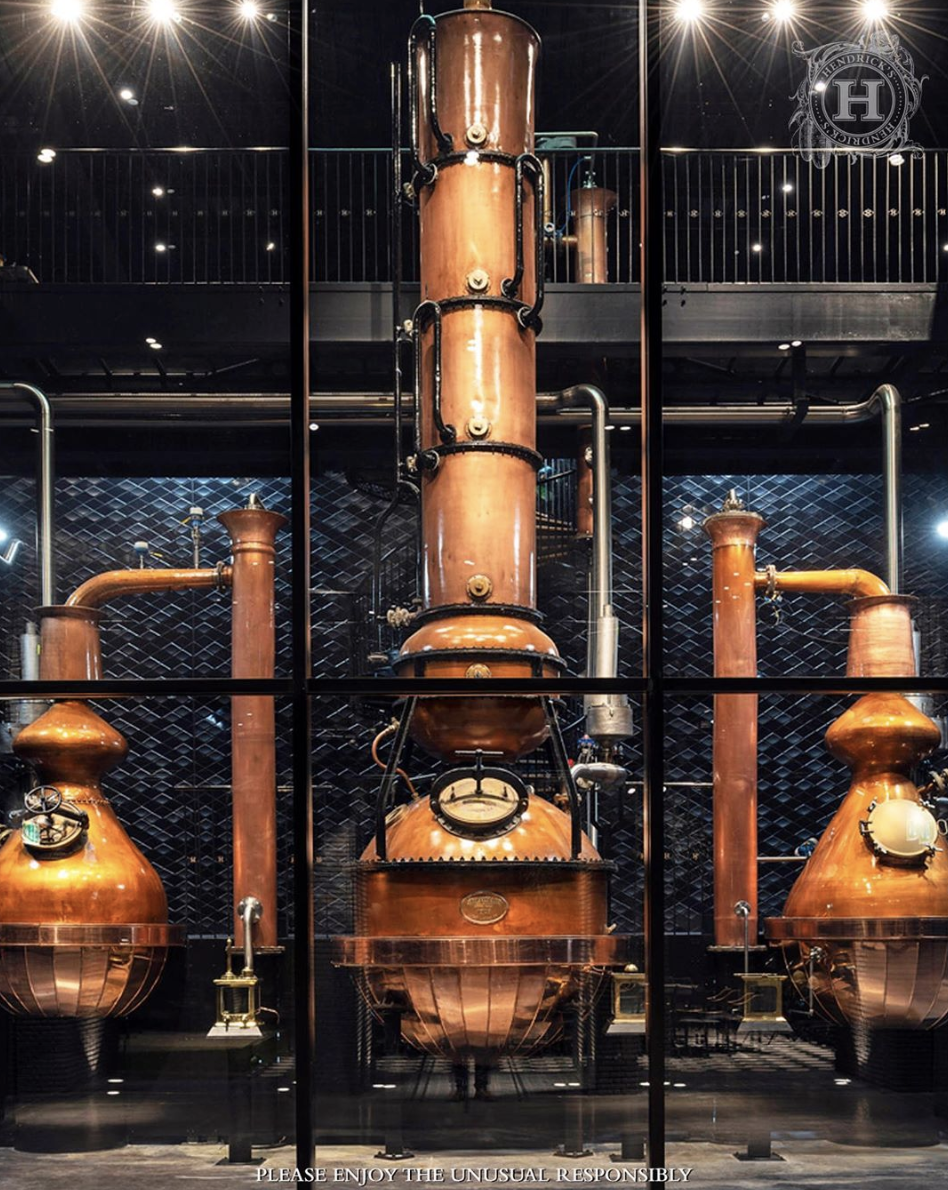
Popular Gin Cocktails
Gin and vodka are eerily close relatives — juniper being the main differentiator — so it’s no surprise that there are a handful of cocktails where vodka and gin are interchangeable. But for most gin aficionados, there is no substitute for gin in cocktails.
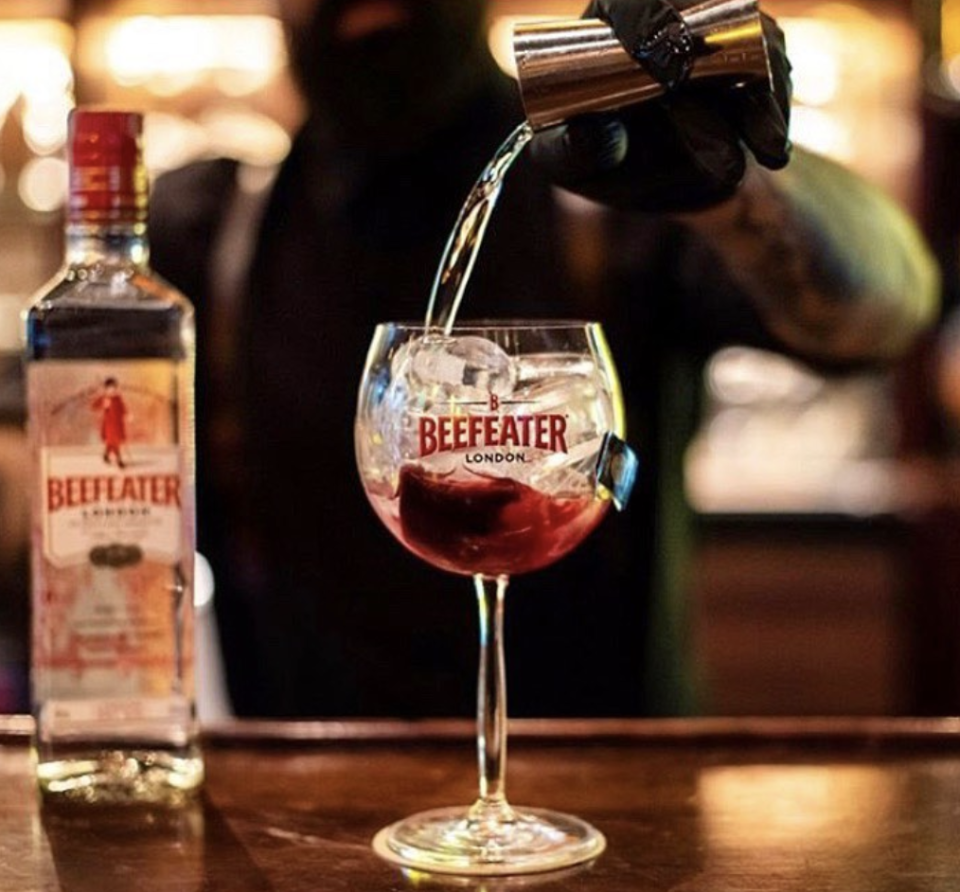
1. Gin and Tonic – Technically, this is a highball with its two ingredients, and the most popular, recognizable and hardest to screw up drink in the gin world. It’s literally two ingredients: tonic water and gin. Of course, lime is often added for a refreshing acidic flavoring. This is a go-to gin drink for all seasons and occasions.
2. Gin Martini – There’s a good chance if you don’t specify “gin martini” at a bar, you’re going to be served a vodka martini. For gin lovers, it’s simply unacceptable. Simplicity is key with a classic gin martini: top-shelf gin and dry vermouth are all you really need. And although “shaken, not stirred” is the way Bond … James Bond likes his martini, many bartenders prefer to stir this booze-forward classic.
3. Gimlet – Like a summertime martini, a gimlet is another classic, simple cocktail. Gin, lime juice and simple syrup mixed up in a cocktail shaker make up a delightfully light and refreshing cocktail. To really class things up, it can be garnished with a cucumber wheel on the edge of the glass.
4. Negroni – Although there’s some bitterness to this pre-dinner cocktail, the Negroni is as easily enjoyable as the likes of a gin and tonic. It’s gin mixed with sweet vermouth and Campari, a bright red Italian aperitif. It’s sweet and bitter at the same time, and for some it’s an acquired taste.
5. Monkey Gland – A gin cocktail as delicious as its name is absurd, a Monkey Gland is a mix of gin, orange juice and grenadine. If you feel like taking the cocktail to another level, add a tiny bit of absinthe to the mixture. Be careful, though – not because you’ll hallucinate, but because absinthe has a distinct flavor that can quickly ruin this delightful cocktail if too much is added. Would you expect anything else from a drink named “Monkey Gland?”
What are The Best Brands of Gin?
Understanding why gin has gotten more popular is pretty simple: it’s delicious and unique. You can sip it straight like a whiskey, but gin really shines in cocktails such as gin and tonics, martinis, and gimlets.
Now that you’ve upped your gin knowledge, it’s time to go out and try the stuff. We’ve rounded up several of the best gins on the market to upgrade your evening drink or cocktail party. Keep reading to discover the best gin brands from around the world.
1. Hendrick’s
Whether you’re new to gin or looking for a better go-to bottle, Hendrick’s is a great option. It’s a step up from the basic gin brands, but it’s still not too expensive. Considering Hendrick’s is just over 20 years old, it’s pretty impressive that you can see it in nearly any bar around the world. The brand revolutionized the gin market with two simple upgrades — cucumber and rose — which started the whole ginaissance we’re now living in.
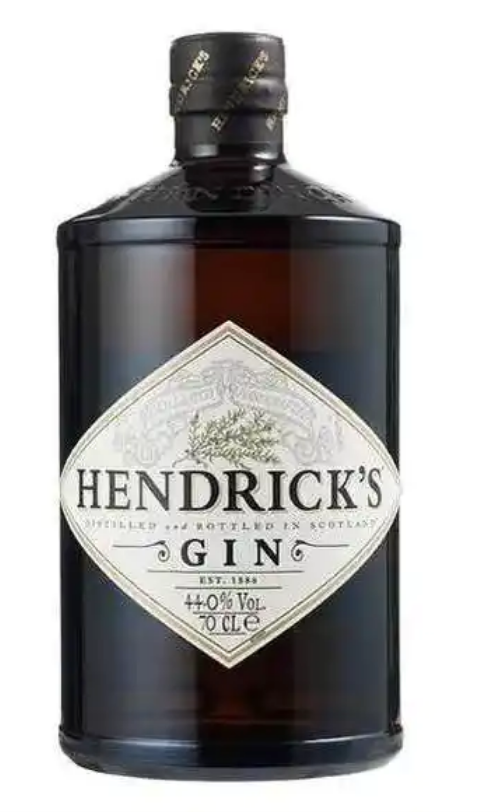
2. Tanqueray London Dry Gin
You can get pretty deep in the artisanal gin world these days, but we think everyone should have a classic bottle of gin in their bar. Our favorite is Tanqueray. It’s fairly affordable, but has a smooth juniper-forward flavor that provides a good base for tasting more experimental gins. This makes it great for cocktails as well, such as a Gin Fizz or Tom Collins. That being said, the best way to enjoy Tanqueray may be in a classic Gin and Tonic. The 47.3% ABV makes this a strong spirit, so sip slowly.
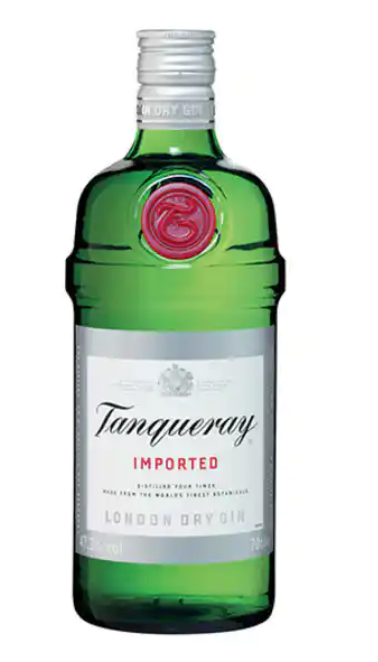
3. Beefeater
One of the oldest running London Dry gins, Beefeater is a staple in the gin world. The iconic gin gets its spicy yet sweet flavoring from a unique steeping process, where the botanicals are macerated for 24 hours in the neutral grain spirit base prior to distillation. This process pulls out the profiles of the botanicals and gives it the defined Beefeater profile that gin lovers have become accustomed to.
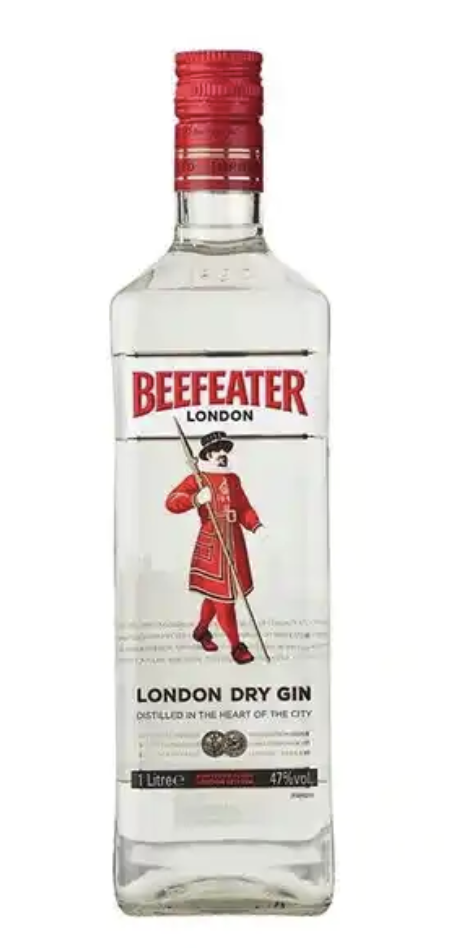
4. Salcombe Gin “Start Point”
Salcombe Distilling has only been around for a few years, but this gin is an exceptional new offering from England. Start Point is the flagship expression, made in the London Dry style with a burst of citrus on the palate. Macedonian juniper berries are used, along with cardamom, cubeb berries, licorice, and angelica root, making this great for sipping or mixing. The name comes from a lighthouse in the area that was an important marker to 19th century ships.
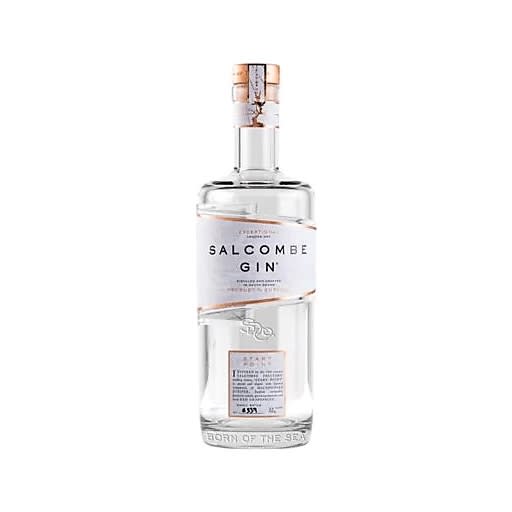
5. Plymouth Gin
Plymouth Gin is a popular brand for making gin cocktails because its citrus flavor, along with its ever-so mild bite, works well in just about any mixing application. With juniper, coriander and cardamom as the main botanicals, it does have a little spice to it, but overall, this gin is more citrusy and earthy. Plymouth has been around for hundreds of years — since 1793 — and the gin has won about every award that a gin can win. If you’re a gin-lover, then it’s a must-have for your home bar cart.
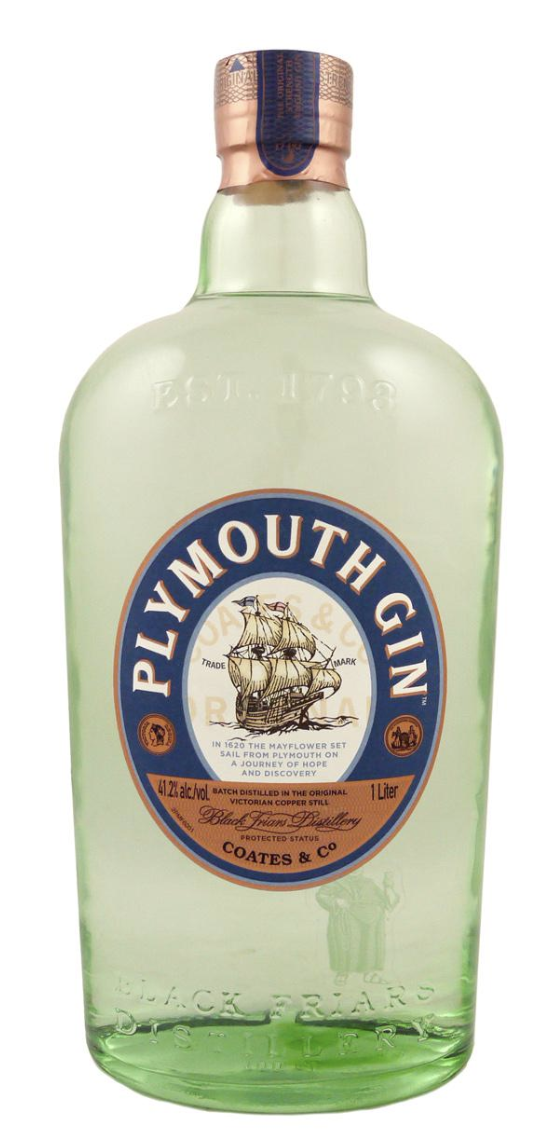
6. Bombay Sapphire
Everybody needs a stepping stone; your first beer probably wasn’t a double IPA that would have ripped your taste buds clean off. Bombay Sapphire uses 10 botanicals that are vapor-infused in the distillation process. This eventually leads to a mild, lemony taste that shows up and leaves quickly. There is no harsh bite or overly powerful flavors, which makes it a great spirit to experiment with as you open the door to the vast world of gins.
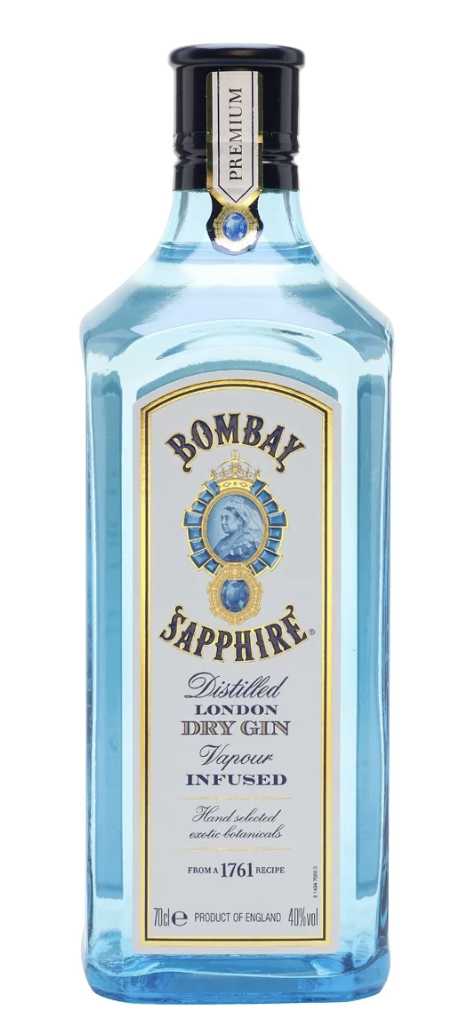
7. The Botanist Islay Dry Gin
As one of the few gins in the world that comes from the Islay, the island off the coast of Scotland known for its peated whisky, The Botanist is really a delicacy every gin lover needs to get their hands (or taste buds) on at least once in their lifetime. It’s produced at the Bruichladdich distillery, which is better known for its single malt scotch. Each bottle packs an unusually tasty flavor that includes 22 botanicals that are hand-foraged locally across the island. It’s a smooth sipper that will genuinely knock your socks off.
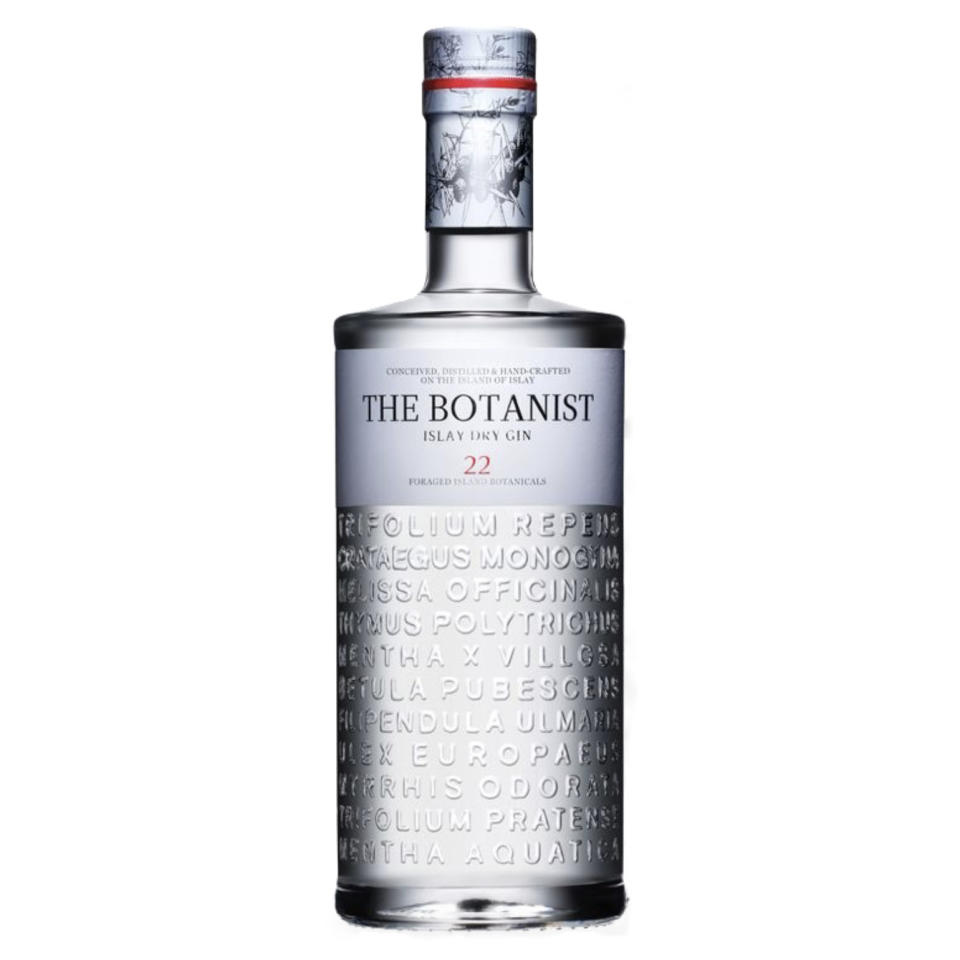
Buy: The Botanist Islay Dry Gin
8. Brooklyn Gin
Although Brooklyn Gin hasn’t been around for nearly as long as the likes of Tanqueray or Beefeater, it has taken the small-batch gin market by storm (it’s actually distilled in Warwick, NY, not in Brooklyn). The distillers hand peel the oranges used to infuse the gin, giving it an unmistakably fresh, citrusy taste. Other botanicals include juniper, angelica root, lemon, lime peel and lavender. It’s a super clean gin that you can enjoy fresh over ice. The distillers spend a little extra time and effort to procure fresh ingredients, and it really pays off.
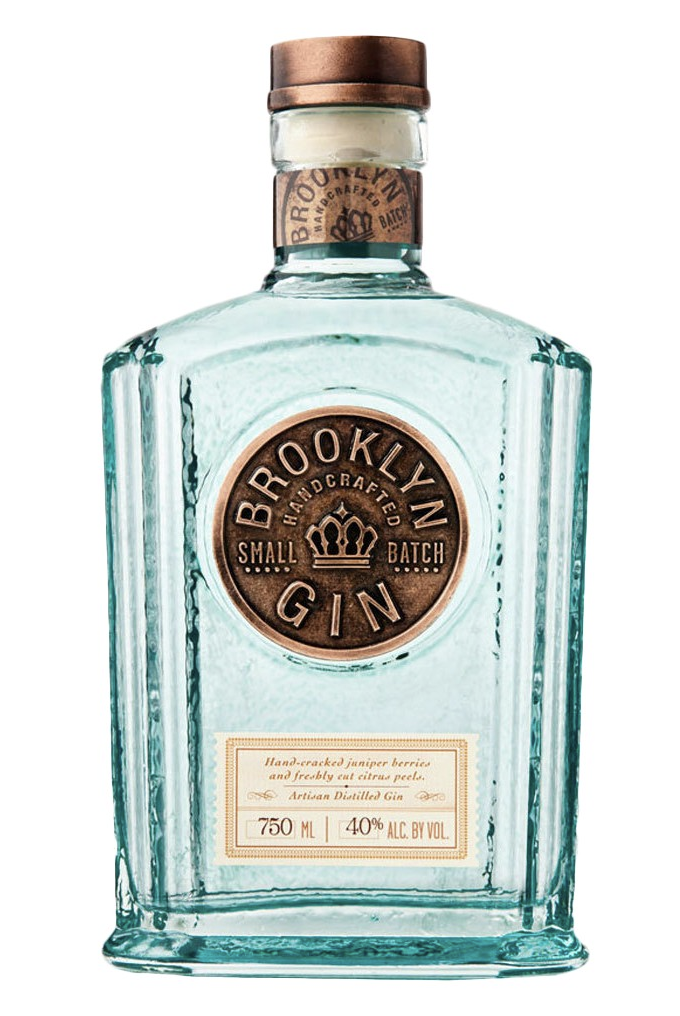
9. Fords Officers’ Reserve Gin
Fords Officers’ Reserve is “over-proofed” aka “Navy Strength” gin, meaning the ABV is much higher than your average gin. This London Dry gin recipe contains nine botanicals, including jasmine and grapefruit. It’s then finished in sherry casks, and the final result is a bold 109-proof gin. Even though it’s stronger than most gins, it still maintains a great floral and citrus aroma.
We love Fords Officers’ Reserve because the flavor profile allows you to use it as a base for mixed drinks. It is also surprising how well this gin works with mixers because of its extensive botanical profile, but through some gin magic, it all seems to work. This is a bartender’s secret gin weapon and one we highly recommend adding to your liquor cabinet.
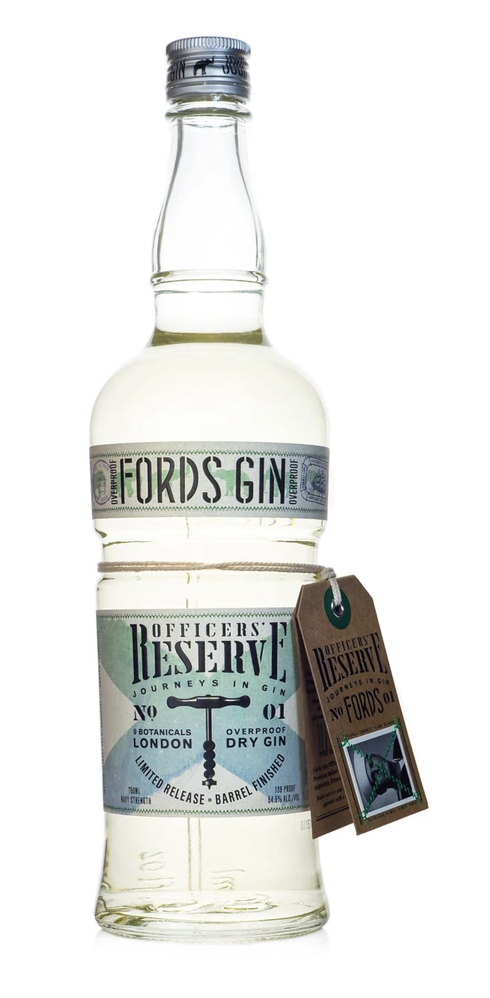
Buy: Fords Officers’ Reserve $36.99
10. Sipsmith VJOP London Dry Gin
The VJOP in the Sipsmith name stands for “Very Junipery Over Proof.” Not only does this gin taste and put off an extra piney aroma, but it is also stronger than most gins. The extra juniper also gives a peppery finish that leaves a little heat on the palate. For the VJOP, the juniper is allowed to macerate for three days, as opposed to 14 hours for the core expression. So this gin is definitely for those who can’t get enough of the pine.
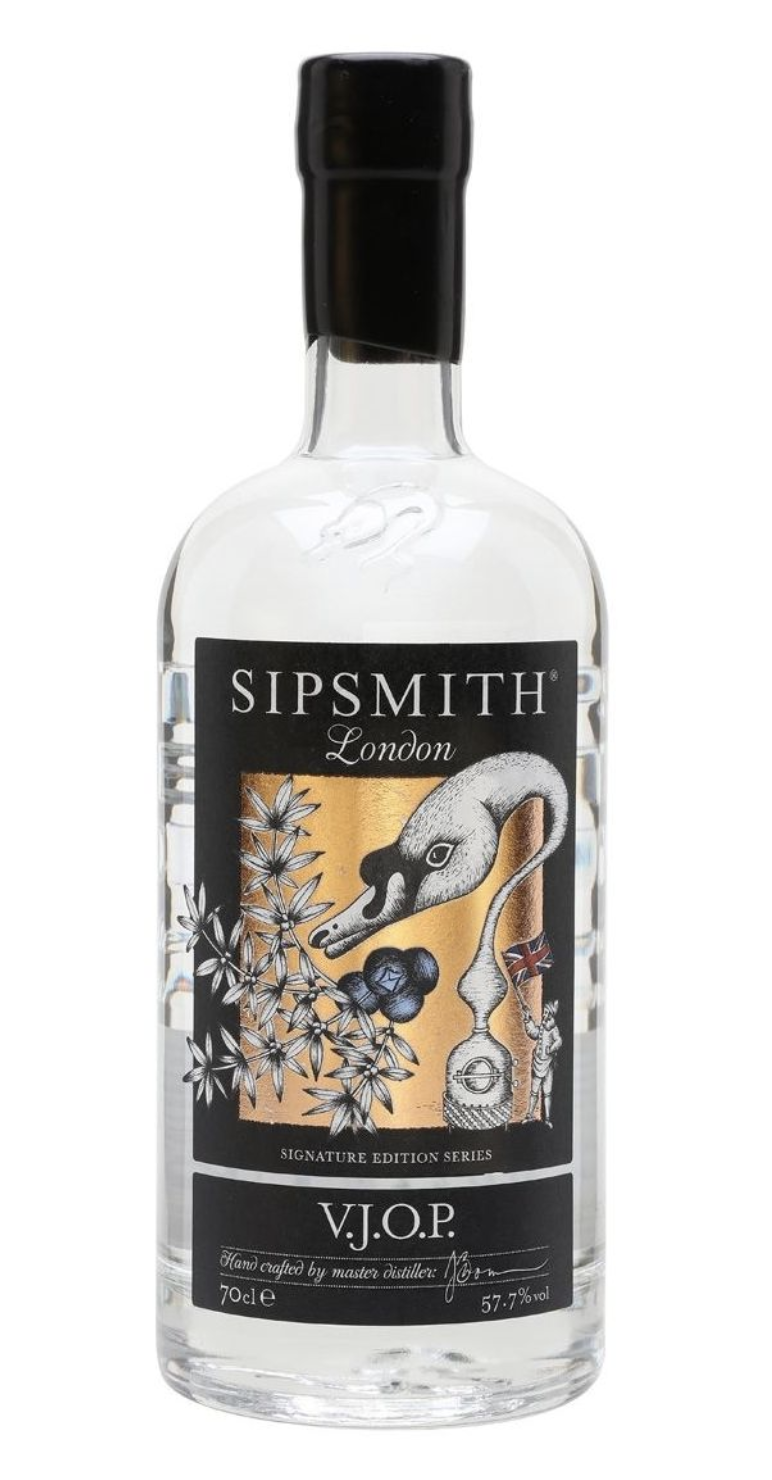
Buy: SipSmith VJOP London Dry Gin
11. Four Pillars Navy Strength Gin
This gin from the Australian distillery Four Pillars certainly lives up to the Navy Strength label. It’s a boozy 58.8% spirit that is only released once a year. This high-strength gin is flavored with a mixture of oranges, limes, turmeric and coriander. This powerful gin was awarded the Master status at the Global Gin Masters five years in a row. It’s powerful, delicious and highly sought after.

Buy: Four Pillars Navy Strength Gin
12. Gordon’s London Dry Gin
If you’re stocking up on gin for a party or just shopping on a budget, go for Gordon’s. It’s a classic London Dry gin, and although it’s affordable and widely available, it still offers a nice gin experience. Gordon’s recipe upgrades the juniper flavor profile with some orange peel and anise, creating a bold flavor that won this gin Double Gold at the 2017 San Francisco World Spirits Competition.
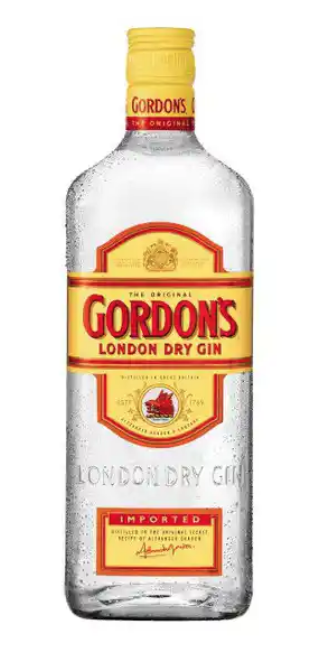
13. Ransom Old Tom Gin
The typical gins you’ll find on shelves are either classic London Dry gin or a new-school variation. However, there’s also Old Tom Gin, which preceded the London Drys that we typically drink today. If you want to get a little adventurous, pick up a bottle of Ransom Old Tom Gin. It’s aged in wine barrels (giving it that nice caramel color) and uses a base spirit distilled from malted and unmalted barley and corn for a unique flavor.
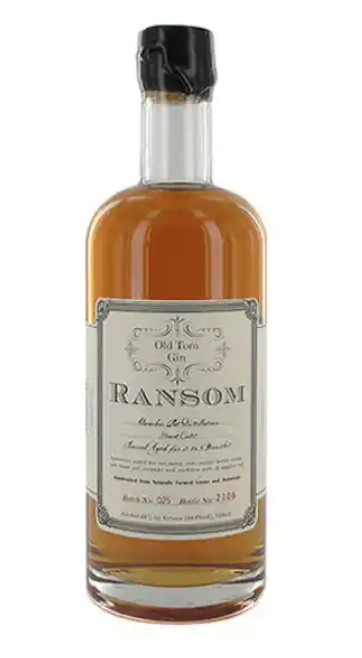
14. Nolet’s Silver Gin
As mentioned beforer, gin actually descended from Dutch spirits. So it’s only fitting that Nolet’s, one of the best gins on the market, comes from Holland. This premium gin uses rose, peach and raspberry to complement the juniper taste, creating something you can really sit back and sip. It makes a great gift for gin lovers too, as they probably haven’t tried this imported gin yet.
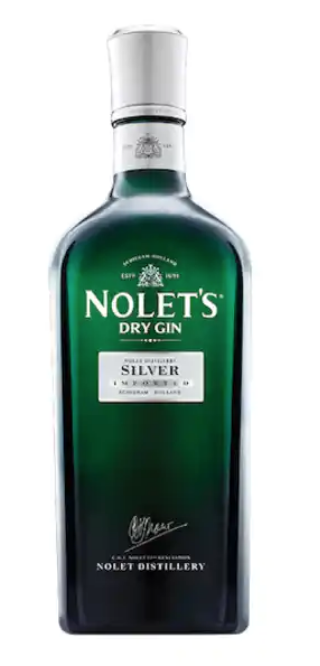
Buy: Nolet’s Silver Gin $39.99
15. Glendalough Rose Gin
SPY received a sample of Glendalough’s Rose Gin, and to say the least, we were skeptical. While we appreciate how creative distillers can get with gin, rose isn’t exactly a favorite flavor of ours. It’s too often too syrupy and, well, just plain gross. Luckily, that wasn’t the case with Glendalough’s wacky gin. In fact, it was delicious. The rose profile is more of a hint than an overpowering slap in the face, and even when sipped straight, this gin tasted just right on a summer’s night.
If you want something a little unique in your liquor cabinet, we absolutely recommend Glendalough’s Rose Gin. This gin is great straight up and even better served on the rock with a little bit of tonic.
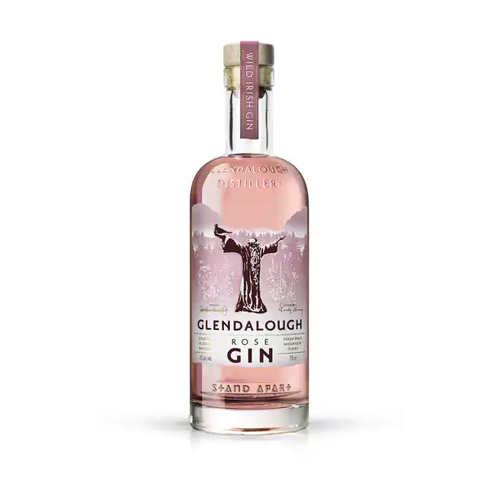
16. Aviation Gin
Ryan Reynolds is the co-owner of this excellent American gin, which is made in the Pacific Northwest. But it’s not just known for its celebrity backing — this is a solid spirit, flavored by a maceration of cardamom, coriander, French lavender, anise seed, sarsaparilla, juniper, and orange. Use this one in a martini, you won’t be disappointed.
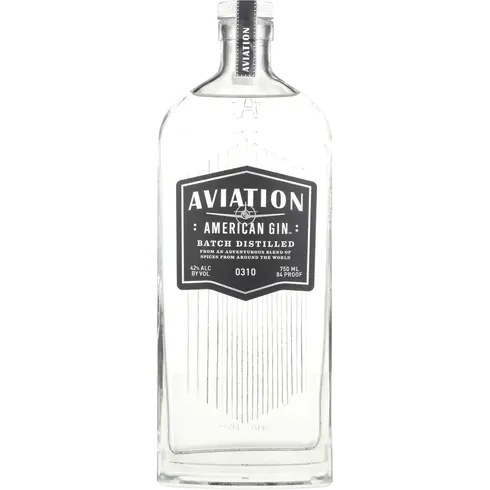
17. Suntory Roku
Japanese spirits of all kinds (especially Japanese whisky) are taking the States by storm. One of the biggest spirits companies in Japan is Suntory, and like their award-winning whisky, their gin is top-notch. “Roku” (Japanese for six) refers to the six unique Japanese botanicals used in the gin, although it also utilizes some classic botanicals such as coriander seed and angelica root. The result is a light mix of floral, citrusy and spicy that makes it great for sipping or making a killer gin martini. For any craft cocktail lovers looking for the best gin brands in the world, Suntory’s Roku should absolutely sit on their shelf.
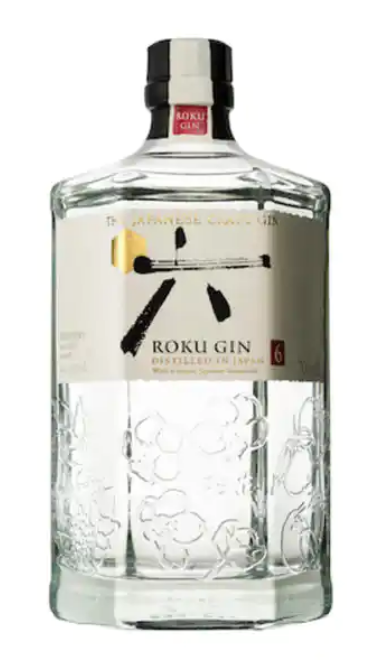
18. Monkey 47 Dry Gin
Looking to sample a high-end bottle of gin (or treat a gin lover to some of the best gin on the planet)? Try this gin from Monkey 47. It uses a whopping 47 botanicals — all picked from the Black Forest in Germany — to create a truly elevated tasting experience. One reviewer said it was like a punch to the mouth (the good kind) with juniper, pepper, flowers and Monkey’s secret weapon: lingonberries.
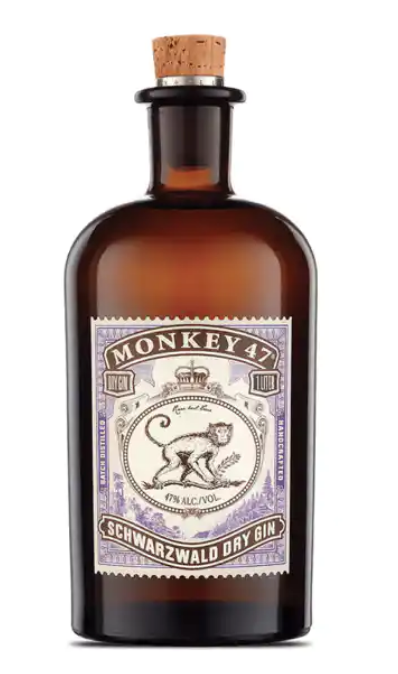
19. Drumshanbo Irish Gunpowder Gin
Gunpowder tea is a traditional UK blend known for its powerful flavor. Dark and stout, gunpowder embraces the theory that any cup of tea in which you can see the bottom is just hot water. Drumshanbo Irish Gunpowder Gin uses that black tea as one of its botanical additions to give their gin unusual spine and character. Drumshanbo also adds a blend of coriander, caraway, lemon, grapefruit, lime and other ingredients to counter the strength of the gunpowder. It all adds up to a unique flavor.

Buy: Drumshanbo Irish Gunpowder Gin
20. Malfy Gin
Originating from a distillery in Moncalieri, Italy, Malfy Gin comes to the world from a region known traditionally for wine. Light and fruity, Malfy Gin captures that golden, magic hour sunshine of Mediterranean late afternoons beneath the trees. Malfy uses a traditional blend of botanicals, along with regionally grown produce like lemon, orange and grapefruit to infuse it with flavors making it perfect for cocktails.

21. Portobello Road No. 171 Gin
Originating from that London street made famous in cinema and song, Portobello Road No. 171 Gin is a relative newcomer to the spirits world. It nods to the traditional London Dry flavor, but it enhances its palate with a recipe of more exotic botanicals — including nutmeg, licorice, angelica and orris roots.

Buy: Portobello Road No. 171 Gin
22. Barr Hill Gin
Caledonia Spirits is located in Vermont, where this unique gin is made using just juniper and honey. The process is unique, as the gin is finished with raw honey which acts like a bouquet of botanicals and infuses the spirit with a depth of flavor. Barr Hill is one of the best examples of the new American gin movement.
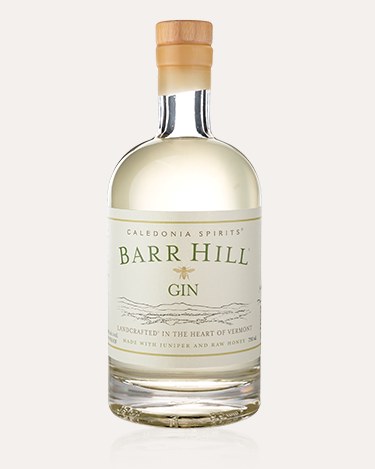
23. St. George Botanivore Gin
While its beatified name might indicate a London origination, St. George Botanivore Gin is an American concoction originating in the Bay Area. The “Botanivore” in its title refers to the candy store of botanicals its west coast homeland offers. While juniper is always the most prominent ingredient, the forests of Northern California lend this gin notes of pine and sage for a total aromatic effect.

Buy: St. George Botanivore Gin
More from SPY

